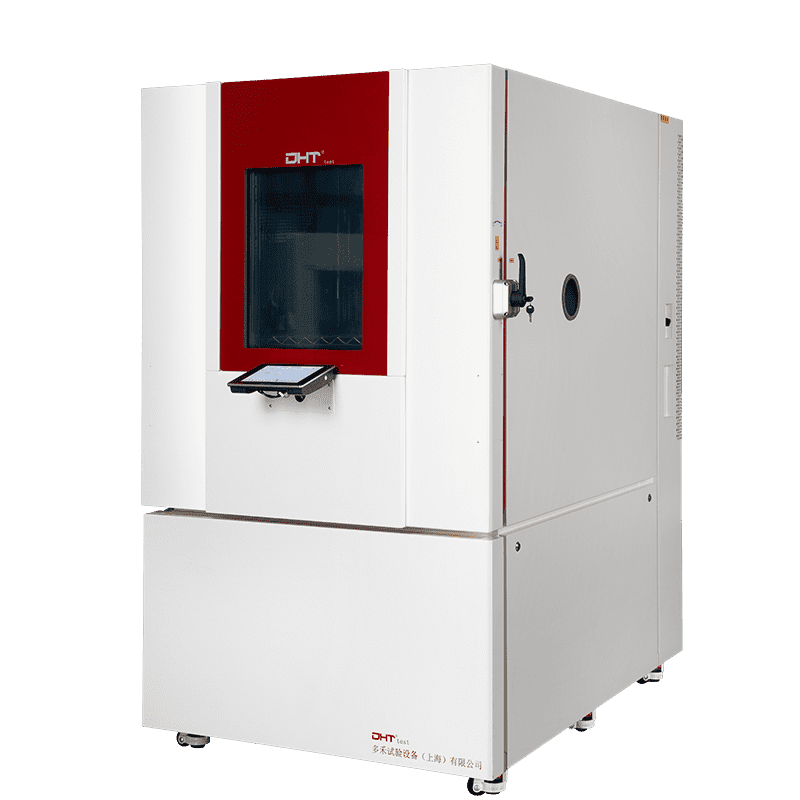-
Does a smaller footprint mean compromised performance?
-
While seemingly cost-effective, can it withstand high-frequency daily testing demands?
-
Will it continue to support testing needs as projects scale toward more stringent standards?
Who’s Using Benchtop Environmental Chambers?
1. Hardware Startups: Validate First, Scale Later
“We can’t afford a full-sized chamber right now—but we still need to test reliably.”
2. Lab Technicians with No Space to Spare
“It’s not that we didn’t want a larger chamber—we literally couldn’t fit it in. The benchtop unit integrates with existing power and exhaust setups—no renovations required.”
3. Materials Researchers: Light Loads, Fast Cycles, Precision Matters
“I’m not doing certification—I need trend validation. My test setup has to keep up with the pace of my hypotheses.”
What Are Benchtop Chambers Good At—And Where Do They Fall Short?
✅ Ideal Scenarios:
-
Test samples ≤30 cm, lightweight and easy to load
-
Test standards focused on engineering validation, not extreme conditions
-
High test turnover, requiring flexible setups with minimal workflow disruption
-
R&D-driven environments focused on proof-of-concept, not formal compliance
-
Organizations without centralized test infrastructure seeking to build self-contained, agile capabilities
❌ Less Suitable For:
-
Large or heavy test items (e.g., EVs, battery packs, server enclosures)
-
Long-duration, ultra-stable certification testing (e.g., aerospace, defense)
-
Extremely wide environmental ranges (e.g., -70°C to +180°C, >90% RH)
-
Complex multi-channel systems requiring PLC or synchronized instrument control
-
Enterprises aiming to build a one-time, 5+ year “future-proof” test platform
Quick Fit Check: Ask Yourself These 5 Questions
-
Can your sample fit easily into a 1-cubic-meter test space?
-
Do you frequently perform fast-paced tests like functional validation or accelerated aging?
-
Does your lab face constraints in power supply, space, or ventilation?
-
Are you focused on experimental capability, or compliance-level reporting?
-
Are you aiming to build a low-cost, replicable testing workflow as a starting point?
Conclusion: A Benchtop Chamber Isn’t a Downgrade—It’s a Reorganization of Capability
FAQ
Do benchtop environmental chambers compromise performance due to their compact size?
No. Benchtop environmental chambers are specifically engineered for high-efficiency testing in limited spaces. Despite their smaller footprint, they offer precise temperature and humidity control, fast response times, and reliable performance suitable for R&D, accelerated aging, and targeted validation scenarios.
Who typically uses benchtop environmental chambers?
Benchtop chambers are widely used by hardware startups, lab technicians in space-constrained facilities, and materials researchers. These users benefit from the chamber’s compact design, fast deployment, and precision control for quick iteration, experimental validation, and agile testing workflows.
What testing scenarios are benchtop chambers best suited for, and when are they less appropriate?
Benchtop chambers excel at testing small samples (≤30 cm), rapid functional validation, accelerated aging, and proof-of-concept experiments. They are less suitable for large or heavy items, long-duration certification tests, extreme environmental ranges, complex multi-channel systems, or enterprises seeking a multi-year “future-proof” testing platform.


(霉菌试验箱)(臭氧老化试验箱).webp)